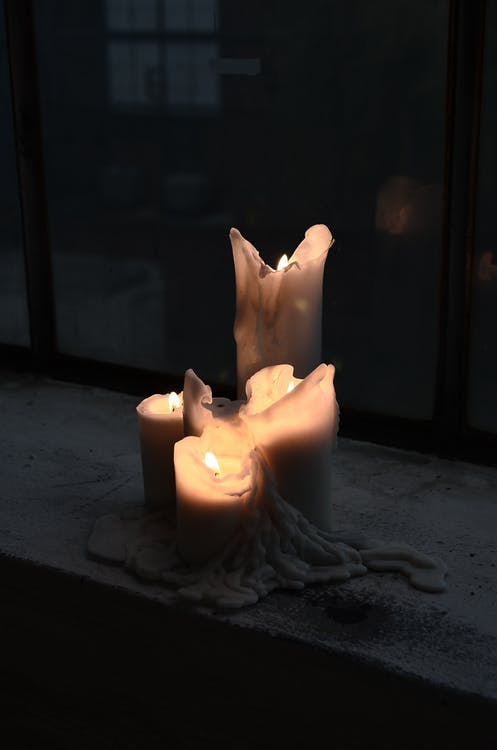Most homeowners understand the importance of reducing fire risks in their homes. As such, they install smoke detectors on every floor and maintain their condition, monitor cooking closely, use candles cautiously, and avoid smoking indoors. While these precautions are a great start for improving fire safety in your home, they don’t guarantee maximum protection from all the fire hazards lurking in your house. Below are ten hidden fire hazards you should know about.
1. Old Electrical Cords
Electrical cords from everyday household appliances, such as power tools, vacuum cleaners, or your laptop, take a lot of abuse from daily use. Even though these power cords don’t have an expiration date, they wear out over time due to continuous use. For instance, insulation covering the power cords can wear out, either due to misuse or overheating.
Besides, if you have ever pulled a vacuum cord from the outlet rather than plugging it, you may have already weakened its insulation. That aside, electrical cords that pass through high-traffic areas also lose insulation as they are trod on or squeezed between heavy furniture.
Using electrical cords without proper insulation can cause electrocution and a serious fire hazard.
2. Recalled Appliances
Even if your household appliances appear new and have intact cords, they are still a fire hazard if they have been recalled. Commonly recalled appliances include lamps, microwaves, ovens, computer batteries, dryers, and indoor generators.
That said, the best way to avoid this serious fire threat is checking the list of recalled items from the Consumer Product Safety Commission periodically. Ensure that none of your household appliances appears on the list.
3. Space Heaters
Space heaters make a difference between warm, cozy, and comfortable indoors and cold winters. Unfortunately, because these appliances are portable, most homeowners position them close to flammable items, such as blankets, curtains, rugs, and furniture. Coil space heaters are particularly dangerous since coils can ignite anything around them when hot.
That said, the best way to protect your home from this hidden fire hazard is to keep space heaters away from household items that can catch fire. You should also opt for radiator-type heaters instead of coil heaters.
4. Clothes Dryers
Surprisingly, the National Fire Protection Association estimates that local fire departments respond to more than 15,970 fires caused by washing machines and clothes dryers. Out of these, 92% are caused by clothes dryers, while washing machine-associated fires account for 5%. Like most homeowners, you could be wondering what makes these dryers a potent fire hazard.
Well, with continuous use, clothes dryers often accumulate very inflammable lint, either in the venting system or lint trap. Since these dryers depend on heated air to function and exhaust air through vents, any accumulating lint can ignite.
5. Oily Rags
Changing oil at home is surely a great way of saving on expenditures but increases the risk of home fires. Oily rags, regardless of whether the oil is from your car engine, kitchen vegetable oil, varnishes, or oil-based paint, can combust spontaneously without a spark. That said, the best way to reuse oily rags is by hanging them outside or in a ventilated room before laundering them.
6. Sawdust
If you are a DIY enthusiast, you definitely know that sawdust is inevitable in most of your home projects. Unfortunately, allowing sawdust to collect is very hazardous since sawdust ignites and burns easily. Therefore, make sure that you clean and vacuum regularly.
7. Household Chemicals
Bottles of bleach, ammonia, nail polish, aerosol cans, and other household chemicals are full of highly flammable chemicals. Fortunately, unlike oily rags, they don’t combust spontaneously. However, they release combustible fumes or catch fire if they come close to open flames or sparks.
8. Toaster Crumbs
While most homeowners aren’t surprised to learn that more than half of home fires start from the kitchen, the majority are surprised that toaster crumbs are a major contributor. Toasting bread releases crumbs that accumulate at the bottom of the toaster. These crumbs are combustible and can ignite during toasting.
9. Chimneys
While a functional fireplace is an important addition and lifesaver during the winter, it is a significant fire hazard. Fireplaces become a fire hazard due to the accumulation of soot in the chimney flue. Fortunately, you can avoid this by scheduling regular professional cleaning and inspection. Also, never leave your chimney before ensuring that the fire is fully extinguished.
10. Non-Dairy Coffee Creamer
If this is your preferred coffee additive, be wary since it is a highly flammable substance. Actually, when suspended in the air, coffee creamer is more flammable than rice or flour dust. However, the good news is that it requires large amounts of creamer, more than you use in a normal coffee cup, to become a fire risk.
Conclusion
With structural fires being among the leading disasters, being aware of these ten hidden fire hazards in your home helps protect your family and property. That aside, you should work with fire restoration expert services to minimize fire risks.

